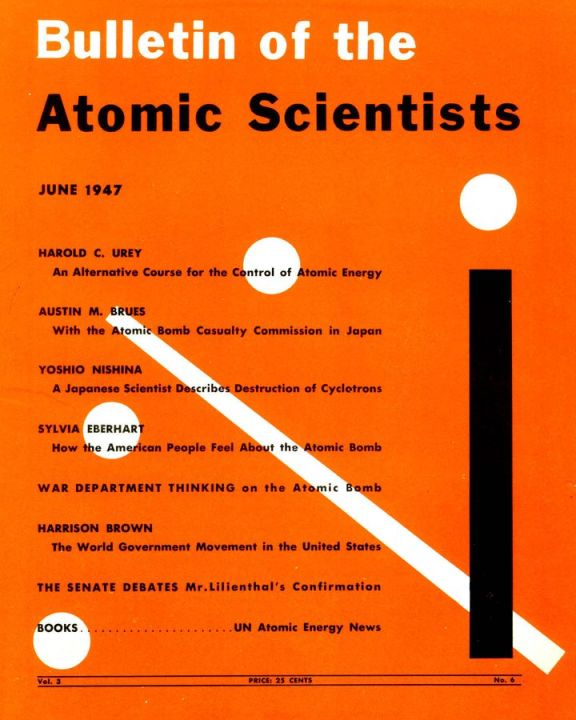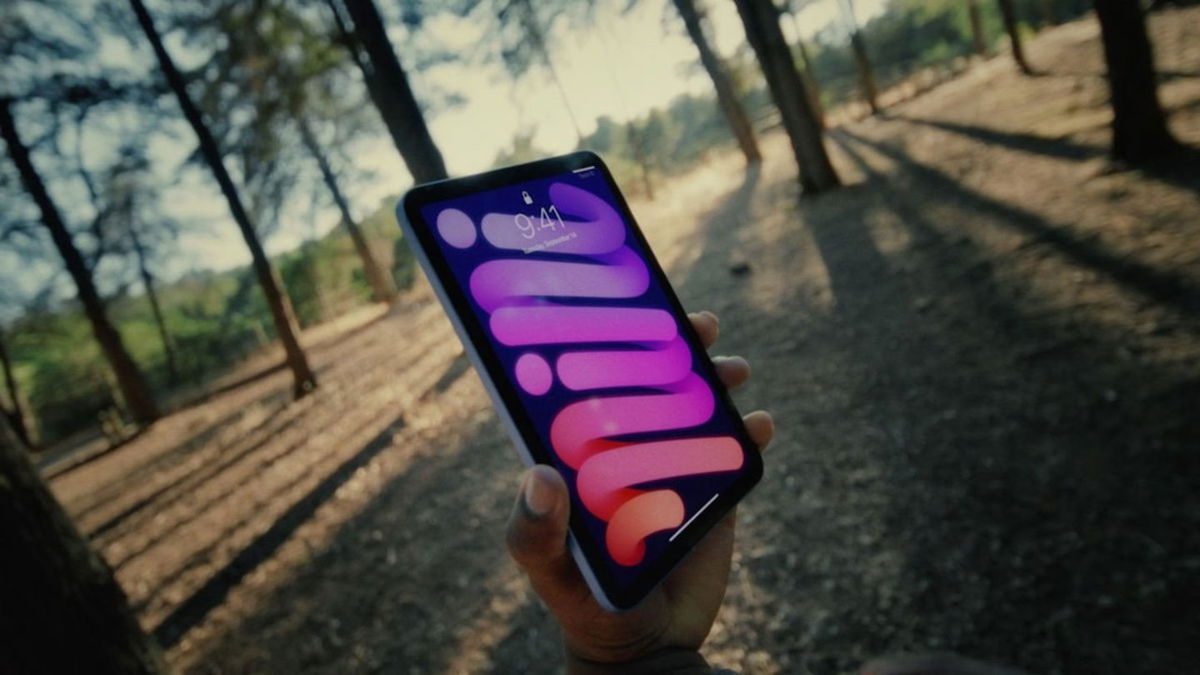Have you heard about the Doomsday Clock or the Apocalypse? This sounds scary, but the truth is that it is a symbolic watch whose purpose is to create the conditions for conversations and decisions about the causes that may actually lead to our end as humanity.
This metaphorical clock, also known as the Doomsday Clock, was created in 1947 by the Bulletin of the Atomic Scientists. Every year they reset the clock and mark a certain number of minutes until midnight, which is a symbol of the end of the world. In this way, it is “measured” how close humanity is to its own destruction.
Global dangers such as nuclear weapons, environmental problems, diseases and new technologies are taken into account when advancing, maintaining or retreating hands.
This year 2024, the clock will remain the same as in 2023, that is, 90 seconds to midnight.
With the conflict in Ukraine still ongoing and showing no signs of ending soon, the war in Gaza has also exacerbated the situation in the Middle East. That’s why, Scientists decided to keep the clock at 90 seconds until midnight. “The risk remains,” they noted during the announcement on Tuesday, January 23, 2024.
As they explained in detail, their decision was based “largely (but not exclusively) on the dangers associated with the war in Ukraine” because “The Russian invasion of Ukraine has increased the risk of using nuclear weapons” and has raised concerns about the use of biological and chemical weapons,” as well as “undermining the global response to climate change” and “hindering international efforts to address other global issues.”
In 2022, the Bulletin of the Atomic Scientists set the time at 100 seconds to midnight—the same time as 2020—due largely to the climate crisis and the COVID-19 pandemic.
“One Hundred Seconds to Midnight reflects the Council’s view that we are in a dangerous moment that provides neither stability nor security. The positive developments of 2021 failed to offset long-term negative trends,” said Sharon Squassoni, co-chair of the Bulletin’s Science and Security Council. She is also a research professor at the Institute for International Science and Technology Policy at George Washington University.
What is the origin of the Doomsday Clock?
The Bulletin of the Atomic Scientists was a group of nuclear researchers involved in the Manhattan Project, the code name given to the development of the atomic bomb during World War II. The organization was originally created to measure nuclear threats because there were fears that the United States and the Soviet Union were heading toward a nuclear arms race, but since 2007 it has also included climate change.
Now the clock itself has its origins in the first issue of the journal of this group of nuclear scientists, which in June 1947 ceased to be just a newsletter and became a publication in form. The cover was designed by Martyl Langsdorff, a graphic artist married to physicist Alexander Langsdorff, who worked on the Manhattan Project.
The artist initially considered using the symbol for uranium, but while listening to the scientists working on the bomb discuss the implications of the new technology, she decided to draw a clock to show that we don’t have much time left. control the weapon. It was noted as seven minutes to midnight, but simply because the creator thought it “looked good” at first.
Evgeniy Rabinovich, the editor of the magazine, decided how the minute hands would move. He was a scholar and leader of the international disarmament movement and regularly interacted with experts inside and outside governments in many parts of the world. As a result of these negotiations, he determined the time on the clock and explained the reasons in the journal.
When Rabinowitz died in 1973, the Bulletin’s Science and Security Council took over and has met twice a year since then to discuss world events and reset the clock. The Council is composed of scientists and other experts with deep knowledge of nuclear technology and climate science, although they also take into account the perspectives of its Board of Sponsors, which includes 13 Nobel laureates.

As you may have noticed, the clock has never reached midnight, since the 100 seconds that are counting down from 2020 are the closest we get to the “end of the world.”
“When the clock reaches midnight, it means there has been some kind of nuclear exchange or catastrophic climate change that has wiped out humanity. So we don’t want that to ever happen, and we don’t know when that will happen,” said Rachel Bronson, the Bulletin’s president and CEO.
In any case, there are still opportunities to turn back the clock, although concrete and wise actions are needed. For example, in 1991, the clock was 17 minutes to midnight when the administration of President George H. W. Bush signed the Strategic Arms Reduction Treaty with the Soviet Union. Likewise, in 2016, the clock was three minutes to midnight. This was a consequence of the Iran nuclear deal and the Paris climate agreement.
Source: Digital Trends
I am Garth Carter and I work at Gadget Onus. I have specialized in writing for the Hot News section, focusing on topics that are trending and highly relevant to readers. My passion is to present news stories accurately, in an engaging manner that captures the attention of my audience.











